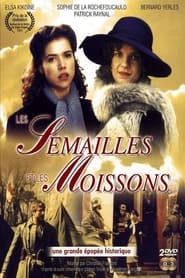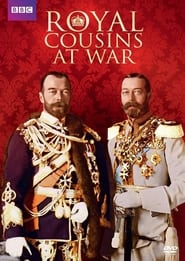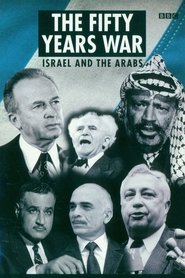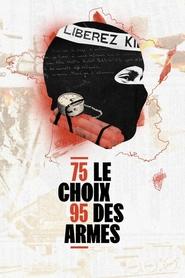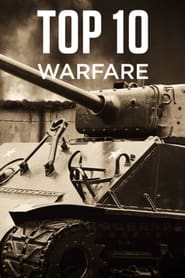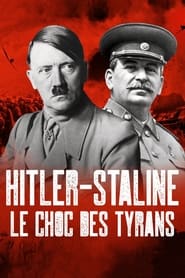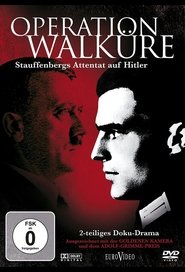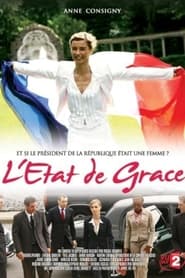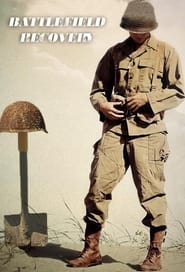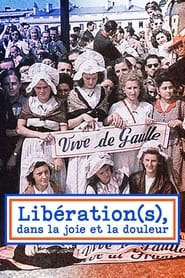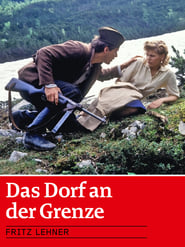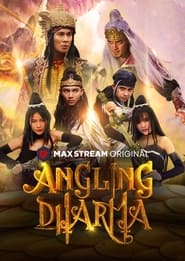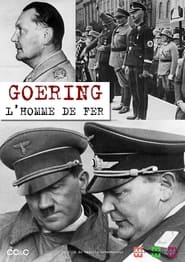Popular War Politics TV Series on Pantaflix - Page 97
-
Royal Cousins at War
2014
Royal Cousins at War
2014
star 6.3At the time World War I broke out, the King of England, the Czar of Russia, and the Kaiser of Germany were first cousins. This two-part series looks at the role played by Tsar Nicholas II of Russia, Kaiser Wilhelm II of Germany and King George V of England, and their relationships with each other, in the outbreak of war. Mismanaging their countries and mishandling foreign policy, they failed to adapt to the forces of nationalism and democracy, and so brought tumbling down their own ideal of a Europe governed by the descendants of Queen Victoria. While it was war that delivered the final blow, this fascinating series shows how the problems had set in much earlier. A two part miniseries. -
Kod Adı
2006
-
The 50 Years War: Israel and the Arabs
1998
The main decision-makers from Israel, the Arab states, Russia and the US tell the inside story of the Arab-Israel conflict. -
Top Tens of Warfare
2016
Top Tens of Warfare
2016
star 8Top Tens of Warfare tells the story of modern age warfare in ten episodes. Each episode is dedicated to the top ten of military inventions, vessels, battles, aircraft, weapons, secrets, tanks, fighting forces, commanders and leaders and shows how they all influenced and changed the way we lived. —Kalla -
Hitler Staline, le choc des tyrans
2021
star 9.3On 23 August 1939, the world was shocked to discover that Hitler and Stalin, the most intractable of their enemies at the time, had signed a pact that allowed them to divide Poland between them and gave the Nazi leader complete freedom to concentrate his forces in the West, against France and the United Kingdom. Through this agreement, Europe was to be thrown into war. For a long time, the relationship between Hitler and Stalin was ignored: their mutual fascination, their moves to get closer, the marks of confidence they exchanged and all the benefits they derived from the German-Soviet pact, before resuming their war to the death in June 41 with the "Barbarossa" operation. -
Embarqué
2014
-
Operation Walküre
1971
Operation Walküre
1971
star 6"Operation Valkyrie" was the name of an official alarm plan during the Second World War. With the help of this plan, the conspirators around Claus Schenk Graf von Stauffenberg wanted to bring about the overthrow of Germany on July 20, 1944. The events are well known: Stauffenberg's assassination attempt failed, Adolf Hitler remained alive. In addition to the purely scenic reconstruction, this two-part, documentary-style film consists of interspersed interviews and reports with eyewitnesses and survivors who were directly involved. Everything that is available in the way of authentic testimony about July 20, 1944 is examined and documented with the highest degree of realism. -
Bitter Rivals: Iran and Saudi Arabia
2018
star 2Bitter Rivals illuminates the essential history - and profound ripple effect - of Iran and Saudi Arabia's power struggle. It draws on scores of interviews with political, religious and military leaders, militia commanders, diplomats, and policy experts, painting American television's most comprehensive picture of a feud that has reshaped the Middle East. -
L'État de Grace
2006
L'État de Grace
2006
star 1L'État de Grace was a French television show that featured France's first female president. -
Battlefield Recovery
2016
Battlefield Recovery
2016
star 6WWII history series following a four-man team as they explore the war zones of the Eastern Front in an effort to excavate and preserve the forgotten battle relics, at the same time discovering the stories of fallen soldiers from their remains. -
Angling Dharma
2021
Angling Dharma
2021
Angling Dharma tells the story of the divisions that occurred in the Malwapati Kingdom when it was led by Prabu Angling Dharma, who was known as a wise king and possessed the magic of mandraguna. The split was sparked by a feud between Angling Dharma and Syudawirat with a background in the struggle for the throne. -
Hawks and Doves: The Crown and Ireland's War of Independence
2020
star 10Michael Portillo charts the War of Independence in Ireland, following the journey from the Peace Conference in Versailles to the historic ceasefire in 1921. -
Goering: Nazi Number One
2006
This is the story of an incredible rise to power, the most comprehensive documentary on Hermann Goering ever made. He was a man of many faces: vain, ambitious, more brutal than any other of Hitler's minions, yet the most popular Nazi official of all, at times even more popular than Hitler himself. He embodied the jovial side of the Third Reich. Yet the same man who organised dissolute bacchanals also founded the Gestapo, set up the first concentration camps, and had his own comrades murdered in the purge of 1934. These unique personal records form the largest and most important single film find from the Nazi era in past years. -
Algo habrán hecho por la historia de Chile
2010
star 10Series that narrates the history of Chile, from the Spanish colonization by Pedro de Valdivia and the begin of the Arauco War, to the Centennial of Chile in 1910. The show uses two main styles, jumping from one to the other. One style is the use of actors to represent certain key events. The second style is the plain explanation of the things taking place, which could be done with visual gags, with the hosts in some modern day location, or at a representation of an event.
 Netflix
Netflix
 Amazon Prime Video
Amazon Prime Video
 Apple iTunes
Apple iTunes
 Apple TV Plus
Apple TV Plus
 Disney Plus
Disney Plus
 Google Play Movies
Google Play Movies
 Paramount Plus
Paramount Plus
 Hulu
Hulu
 HBO Max
HBO Max
 YouTube
YouTube
 fuboTV
fuboTV
 Peacock
Peacock
 Peacock Premium
Peacock Premium
 Amazon Video
Amazon Video
 The Roku Channel
The Roku Channel
 AMC+
AMC+
 Kocowa
Kocowa
 Hoopla
Hoopla
 The CW
The CW
 Vudu
Vudu
 Starz
Starz
 Showtime
Showtime
 PBS
PBS
 Pantaflix
Pantaflix
 FXNow
FXNow
 Tubi TV
Tubi TV
 Kanopy
Kanopy
 Comedy Central
Comedy Central
 Crunchyroll
Crunchyroll
 Microsoft Store
Microsoft Store
 Redbox
Redbox
 Sun Nxt
Sun Nxt
 ABC
ABC
 DIRECTV
DIRECTV
 Crackle
Crackle
 Fandor
Fandor
 Plex
Plex
